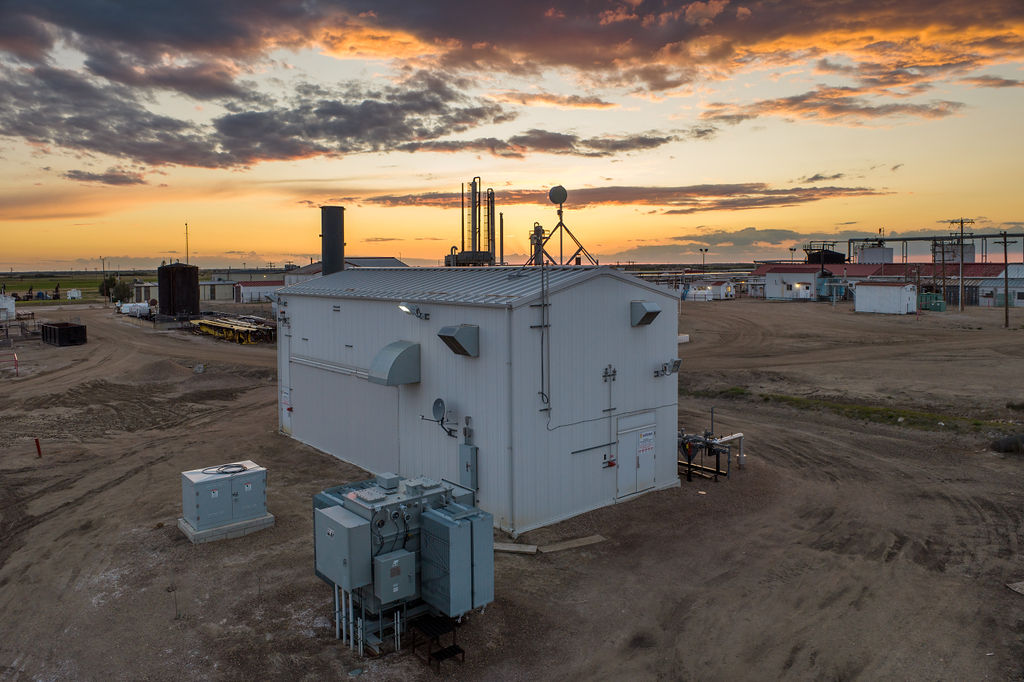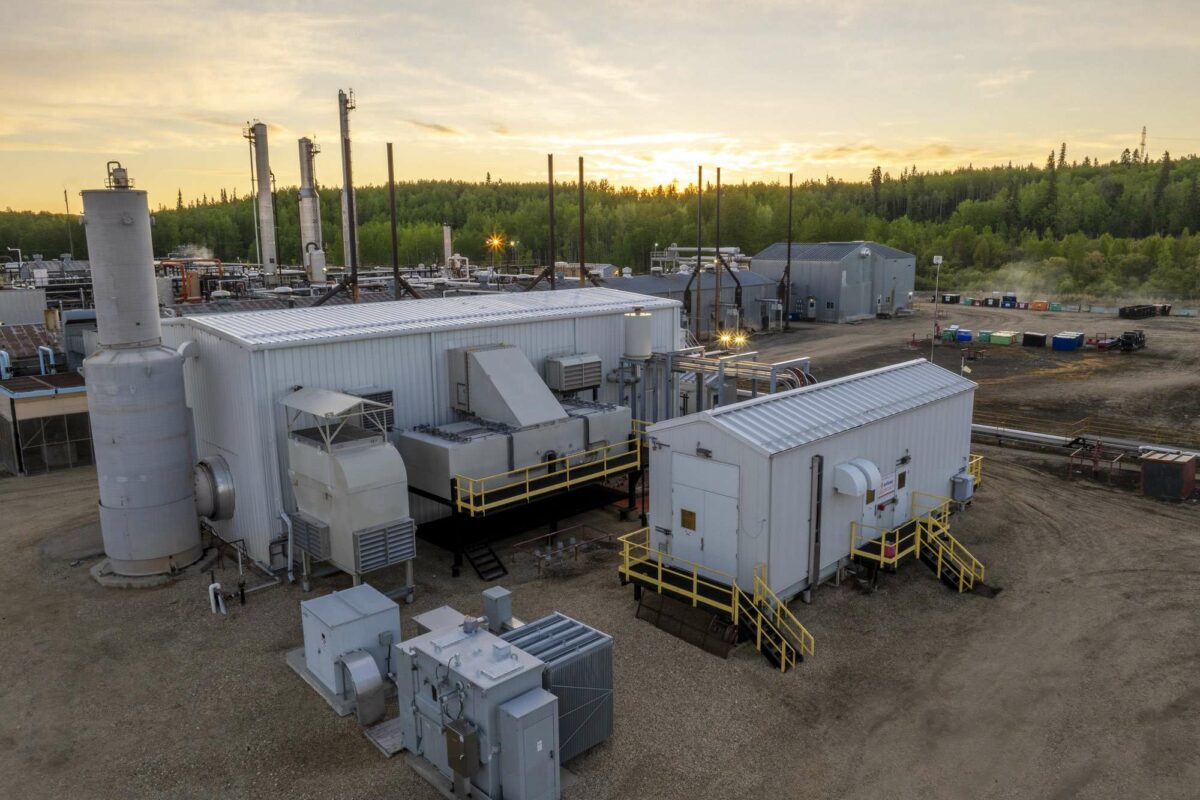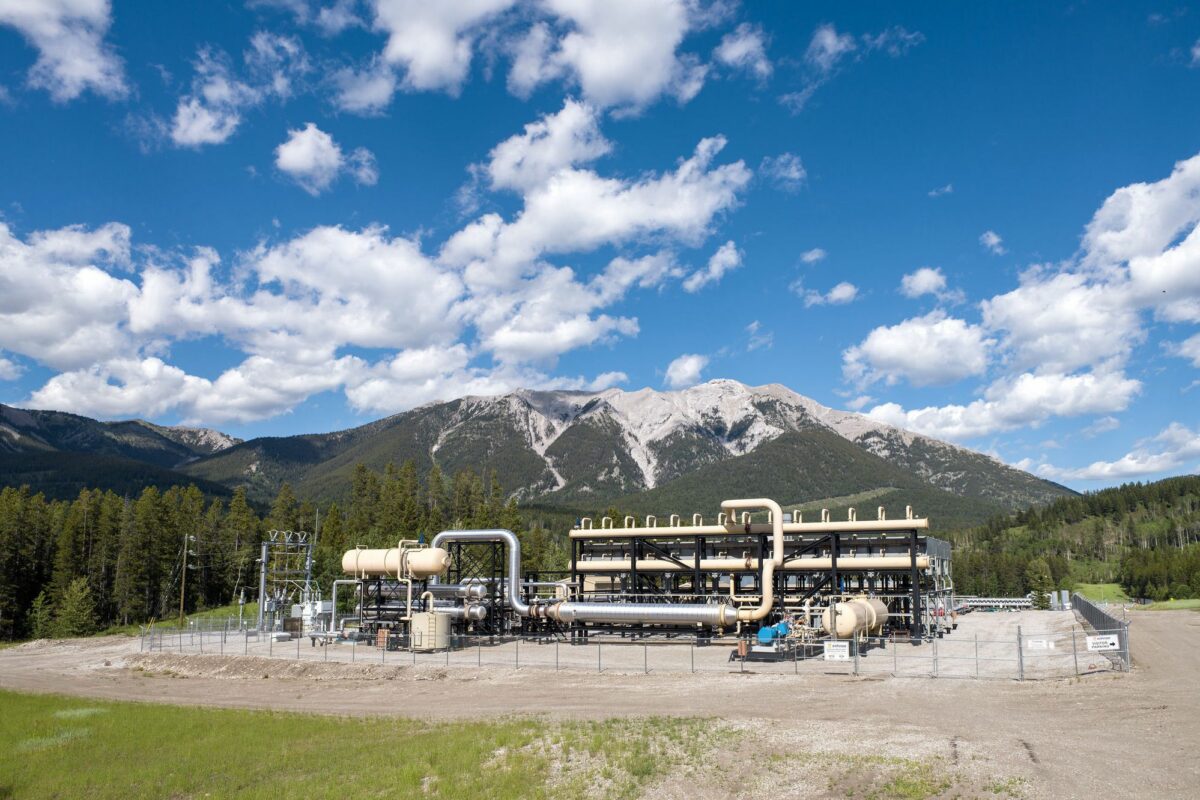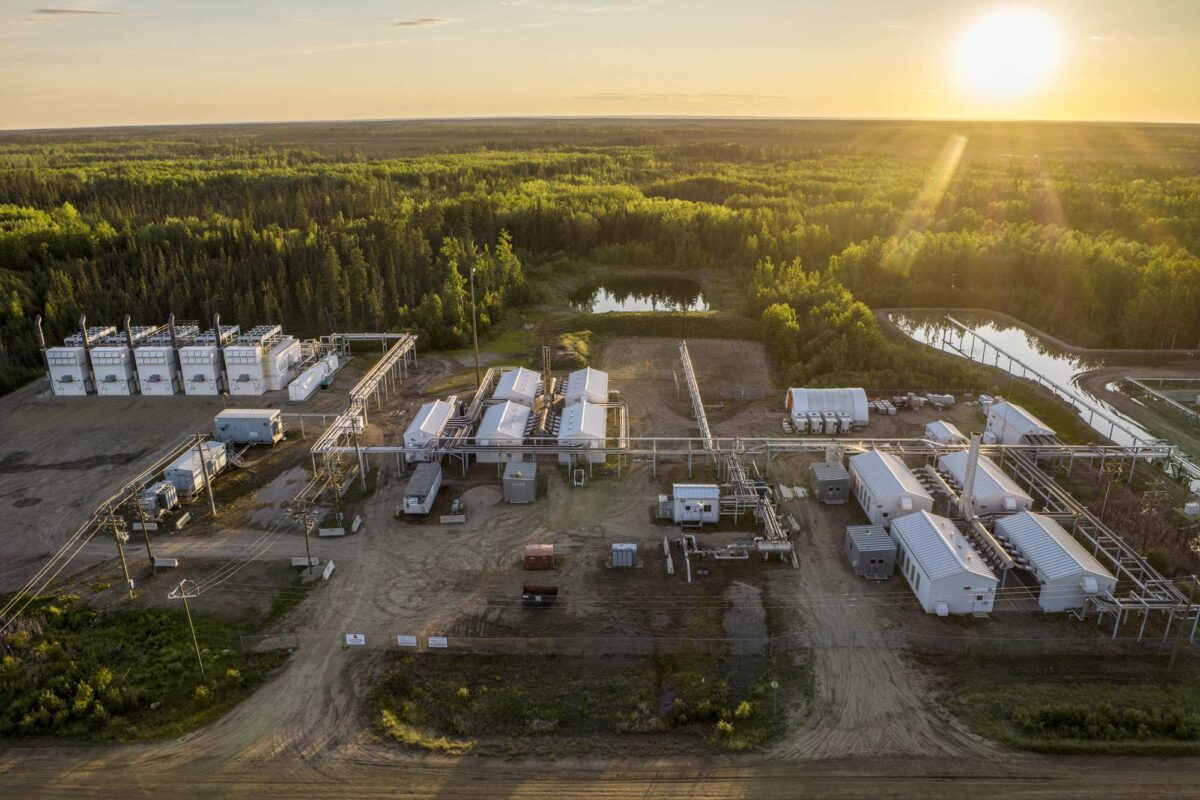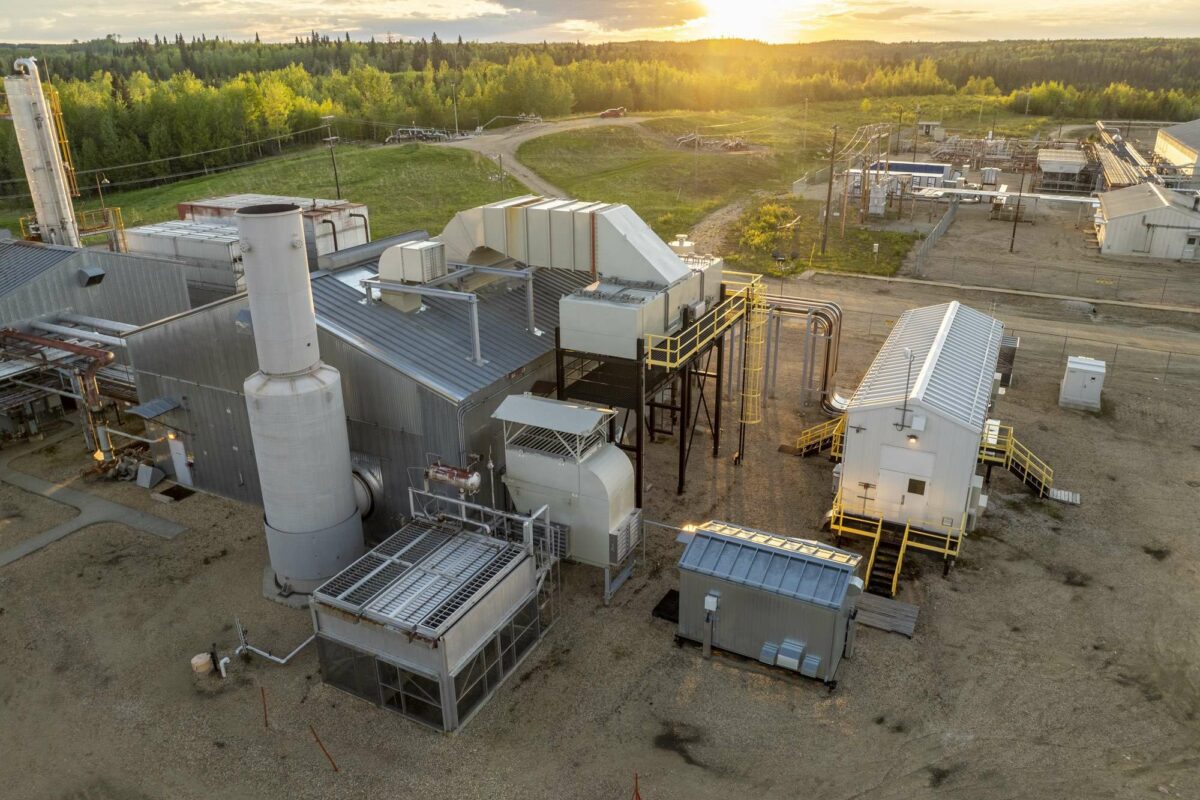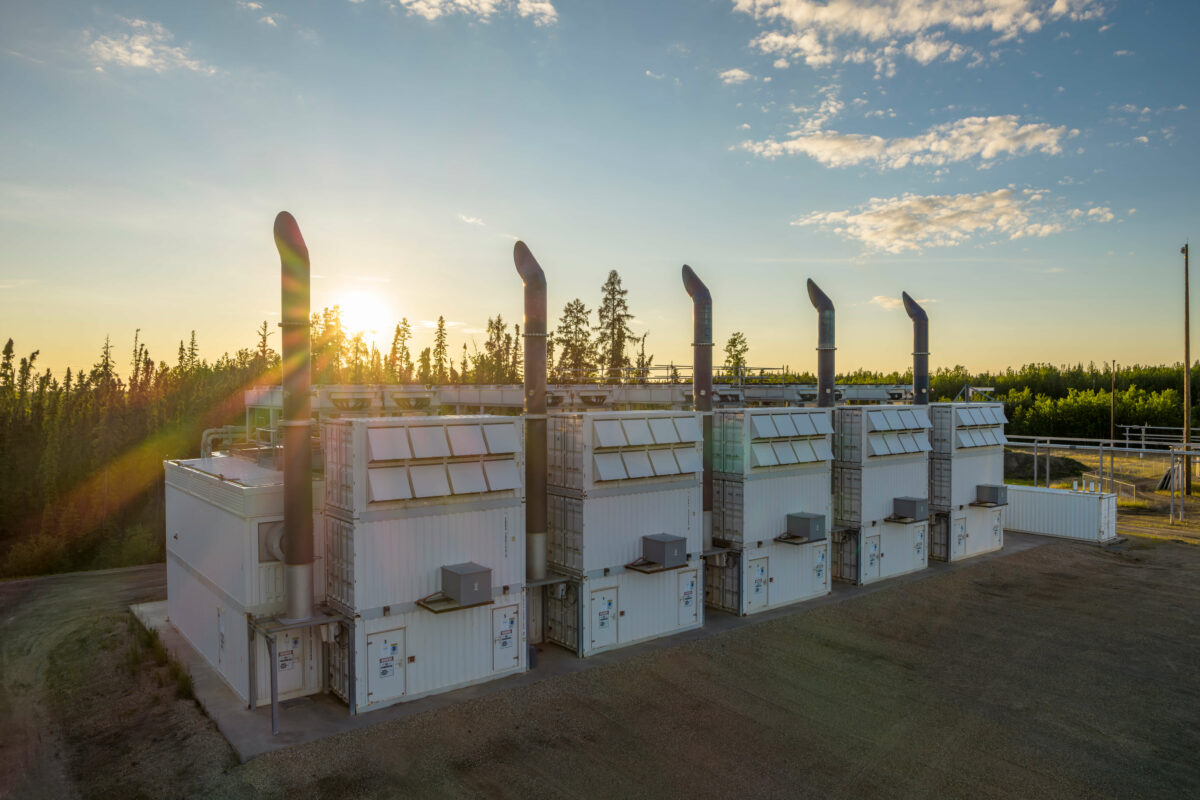Generation
What is Waste Heat to Power (WHP) Generation?
Waste heat to power generation is a process that captures and converts thermal energy from industrial exhaust gases into electricity. Instead of letting this heat escape into the environment, WHP systems use it to generate power, increasing overall energy efficiency. Through a closed-loop process, the heat is transferred to a working fluid via heat exchangers. The facility then utilizes an Organic Rankine Cycle (ORC) to harness both the transferred heat and the phase changes of the working fluid to generate electricity. This process seamlessly converts captured heat into clean electricity.
WHP helps reduce fuel consumption, minimizes the environmental footprint, and improves the sustainability of industrial operations by utilizing energy that would otherwise be wasted. By incorporating waste heat to power generation into our portfolio, Enfinite enhances overall generation capacity and promotes a more resource-efficient energy ecosystem.
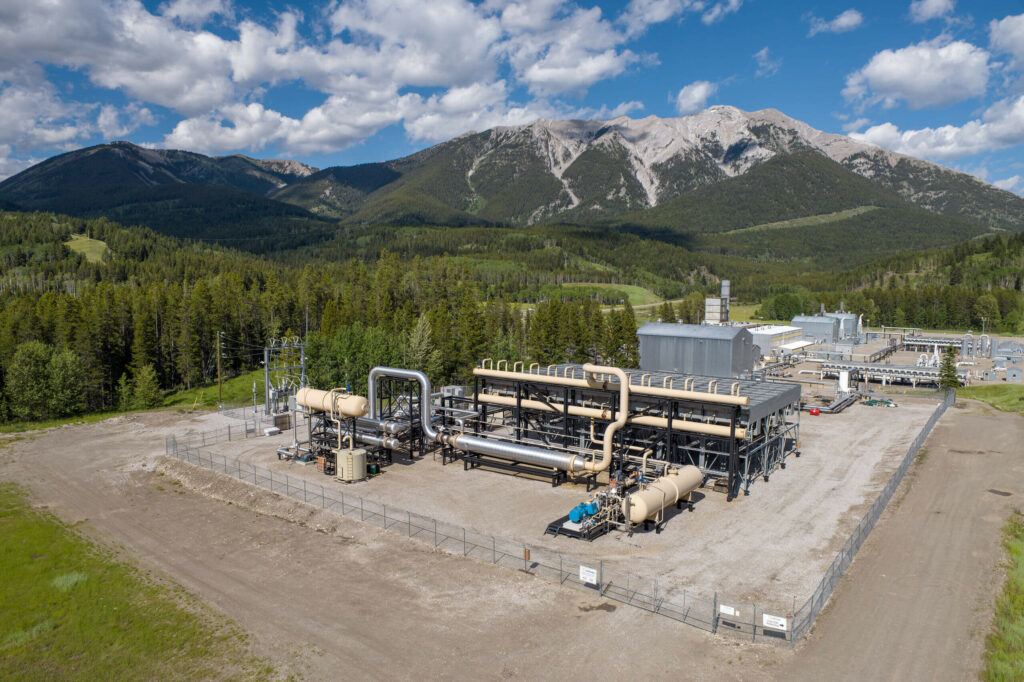
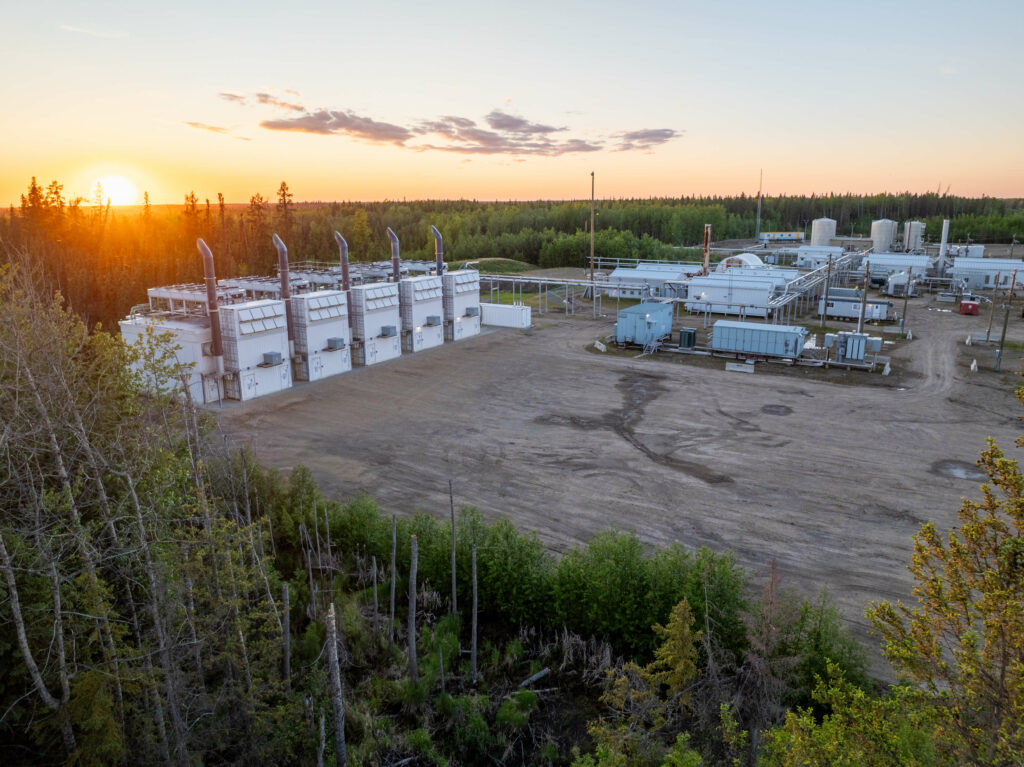
What is Natural Gas Power Generation?
Natural gas is extracted from underground reservoirs and transported via pipelines to power plants, where it is burned in a combustion turbine or reciprocating engine. This combustion process converts thermal energy into kinetic energy, rotating a generator to produce dispatchable electricity. This makes natural gas power generation a highly efficient and flexible energy source.
By integrating gas powered generation into our energy portfolio, we further diversify our methods, contributing to a more resilient and adaptable energy infrastructure.
Enfinite's Generation Operations
Enfinite currently operates eight generation facilities throughout Alberta and British Columbia, generating 72 MW of power from natural gas and waste heat.
